An Alaska grizzly bear hunt is typically high on most hunters bucket list, and we work with the best outfitters in Alaska. Alaska’s grizzly bear populations are at all time high in much of the state and hunter success has been amazing. So much so, that most of our hunters have been successful on mature boars squaring near or over 8 feet. We’ve even had a few of our Alaska grizzly bear hunting clients take bears over 9 feet! The majority of our grizzly bears qualify for SCI, and we’ve taken many Boone and Crockett grizzlies as well.

We offer just about any type of Alaska grizzly bear hunt you can think of.
We have spot-and stalk hunts, summer hunts over salmon streams, lodge-based hunts, fly-in backpack style hunts, float hunts, combo hunts and baited grizzly bear hunts. All of which have record book potential.
Our outfitters are thoroughly vetted and have a track record for producing some of the largest Boone and Crockett grizzly bears in Alaska. In fact, the all time #1 SCI grizzly was taken by one of our Premier Outfitters!
An Alaska grizzly bear hunt is typically spot-and-stalk where you’ll covering ground glassing from ridge tops for a trophy boar. You’ll be spending long days on the glass and be prepared to work hard when the time comes! In addition, we offer some great baited options and creekside hunts where you’ll be ambusing grizzly bears while they fish for salmon.
Some of the best areas are right on the imaginary border between brown bears and grizzlies, but the bears are classified as “grizzly bears” by SCI. Boone and Crockett considers a good portion of them grizzlies as well. In some areas you can event do a grizzly, brown bear combo hunt.
Request PricingSpot-and-Stalk Grizzly Bear Hunting in Alaska
Spring spot-and-stalk hunts take place during the bear rut.
There is more daylight in the May-June timeframe than we know what to do with. Because of that, you can expect to wake up around 10:00 AM and hunt until approximately 2:00 AM in the morning. By concentrating on those “peak hours,” you’ll have a better chance of catching a mature bear out in the open.
The goal is to catch a cruising boar traveling the ridges or a breeding pair. The long open ridge tops allows us to glass boars that push sows to the top from afar. Once a good boar is spotted, you and your guide can usually seal the deal, even if it takes a few days.
Contact us about Spring grizzly bear hunting in Alaska.
In the summer we have two options: Hunt the blueberry patches in the mountains, or ambush bears as they fish for salmon.
Both of these hunts are very successful and can produce some great boars with beautiful hides. You can also take up to three black bears at no extra charge. So get your tags if you want an opportunity at these trophies! In addition to that, good fishing is available and you are welcome to fish as much as you like.
- The “Salmon Hunt” take place in July and is truly incredible, but since your success depends on the timing of the run, you’ll need to be on standby. When the fish show up, you’ll get a call from the outfitter and you’ll need to be there within three days. You will be staying either in a fully furnished cabin or the lodge. Both are right on the lake.
- The “Blueberry Hunt” takes place in August and is more physically demanding than the “Salmon Hunt.” However, if show up in good shape, you’re in for a treat! You’ll stay in a remote, fly-in spike cabin or a tent depending on where you’ll be hunting.
Ask us about our Summer bear hunts.
In the Fall, you’ll experience a traditional spot-and-stalk Alaska grizzly bear hunt that is almost always a combo.
On a fall Alaska grizzly bear hunt, you’ll typically start hunting early and glass until around 10:00 PM.
Bears will be on salmon streams and feeding on blueberries out on the tundra! In some areas you may need to be flown to a certain camp but expect to do lots of walking. Once a good bear is spotted, a stalk is made to within 50 to 150 yards. Hunts take place in rolling hills (alpine) areas with elevations between 500′ and 2,000′. Although not difficult, hunters should be comfortable with hiking two to five miles a day in hilly country.
We also have a unique fall grizzly opportunity where you can hunt over carcasses after our guided moose hunts.
This is a highly successful hunt! There are so many bears in this area that NO gutpile ever goes uneaten. The moose guides will put a stake in the gutpiles with an orange ribbon attached. This allows the pilot to confirm bear activity from the air. When a ribbon gets knocked down, it’s time to go bear hunting!
Interested in a Fall hunt? Contact us today.
FLOAT HUNTs
This is the Ultimate, Multi-day Grizzly Bear Hunting Cast-and-Blast Adventure!
You’ll fly 80 miles upriver to be dropped off, and then you and your guide will float down the river, camping in tents along the way to hunt or to fish. You will be staying in tents along the river as you float down and then a spike cabin at the end of your float.
At the end of your float, which will take you at least two days, you’ll stay in a cabin. At that point you’ll have the option to have the plane will pick you up to do it again if needed. This may just be the best grizzly bear hunt in Alaska!
Baited Grizzly Bear Hunting in Alaska
This Spring can be incredibly successful.
These are ten day hunts on well established, highly active baits that have been used for years. You will be staying either in a fully furnished cabin or the lodge. Both are right on the lake.
Interestingly, since it’s light all day a 2:1 hunt is actually preferred. This is because it allows either you or your hunting partner to be on the bait 24 hours per day, making sure that a big boar doesn’t come in while no one is there.
Another great thing about our baited Alaska grizzly bear hunt is that the outfitter will allow you to keep hunting until you get an opportunity at a legal bear. *After the 10 day mark, there is a discounted daily rate.
Ask us about our baited grizzly hunts.
Our Arctic grizzly bear hunts in Alaska are exceptional fly-in, remote, spot-and-stalk Arctic grizzly bear hunting trips.
Your days will be spent glassing mountain sides for bears feeding on blueberries, roaming the tundra, feeding on a recent moose or caribou carcass, or fishing for late run salmon in rivers. The grizzly bears in this region have a wide color variation, with light blonde being the predominant color. Bears in this area typically range from 6.5 to a little over 9 feet.
An average male grizzly weighs about six hundred to seven hundred and fifty pounds but occasionally a monster comes along with weights of twelve hundred to fifteen hundred pounds and standing nine and a half feet tall. In recent years, we had two bears taken who were over nine feet. One came in a nine feet one inch and the other nine feet two inches. To put things in perspective, they were big bears!
Arctic Grizzly Bear Hunting Unit 23 in the Alaska Brooks Range is incredible!
The oldest known wild inland grizzly came from Alaska’s Brooks Range and lived to be 34 years of age. The Brooks Range is a huge mountain range in the far north of Alaska. It spans about 700 miles across northern Alaska and reaches into Canada’s Yukon Territories. It is home to a great number of Arctic grizzly bears. Not convinced? Ask us to send you more photos from this hunt.
Part of the reason for these bigger bears is availability of food sources.
There have been some great salmon runs in the last 10-15 years. The season has also been warmer longer during that time frame, which is great for cub survival. Thirty years ago you would commonly see a sow with one cub. Nowadays it is not uncommon to see a sow with three to four cubs.
This is a spot-and-stalk hunt.
On most hunts, you will rise early and typically glass from camp, eat a hot breakfast, and then hike to a high spot to glass all day or until you find a good stalkable animal. It will be stalking from there. After you tag your animal and take field photos, it is caped, quartered and butchered for packing to spot suitable for aircraft pick-up.
Contact us today about booking an Arctic grizzly hunt.
A combo hunt is a great way to maximize your adventure.
Alaska is home to a wide variety of big game animals. Combining your grizzly bear hunt with, for example, moose hunting, caribou or fishing, allows you to experience the diversity of Alaska’s wilderness and wildlife. If your primary goal is to hunt grizzly bears, having the option to hunt other species or engage in other activities can increase your chances of success. If weather conditions or other factors make grizzly bear hunting difficult, you can still make the most of your trip by pursuing other game.
Combining activities can also be more cost-effective than taking multiple separate trips. You can save on travel expenses and logistical costs by bundling everything into one adventure.
Moose, Grizzly Bear Combos
This is a great hunt for both species, and our hunters have been very successful on taking both of their animals. On the over-the-counter hunt, you’ll fly in to a remote camp for amazing moose and grizzly hunting. You can also apply for a moose tag and if you are able to draw, it’s a much “easier” boat based hunt around a large, remote lake. As well, if you are able to draw a caribou tag you can hunt for them as well on the same hunt.
Hunters can take wolves, a wolverine and up to three black bears at no extra charge. So get your tags if you want an opportunity at these trophies. Fishing is also included and very good.
Grizzly Bear, Caribou Combo Hunts
The great thing about Arctic grizzly bear hunting in the Brooks Range is that you can add a caribou for a trophy fee if you see a good one. And seeing a good one is not an uncommon thing in this area. Good caribou hunts are getting harder and harder to come by. So, if you’d like to hunt Arctic grizzly bears and caribou in one trip, this just might be the hunt for you.
Book Your Alaska Grizzly Bear HUNT
Block "740678" not found
Outfitters: #OI-AKHS | #OI-AWCG | #OI-AOU | #OI-HAGO | #OI-JOA | #OI-SLO
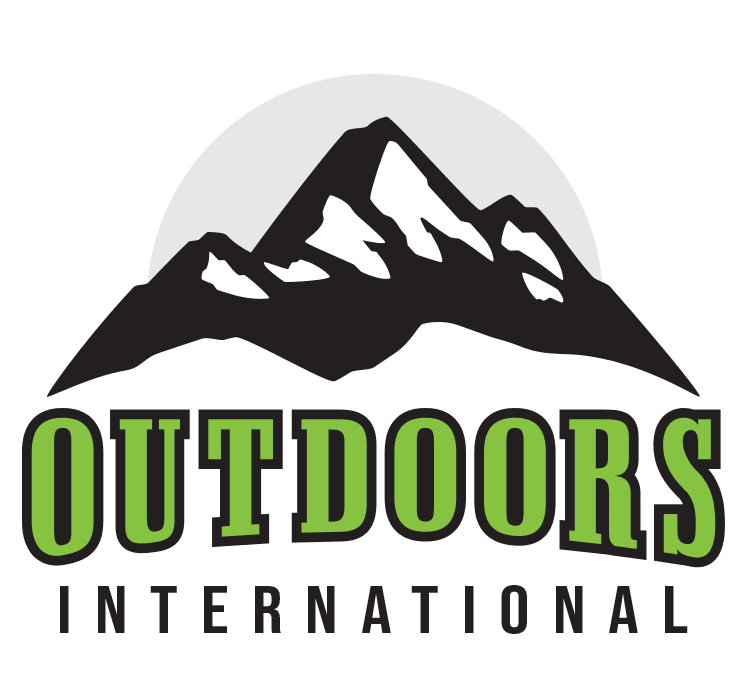
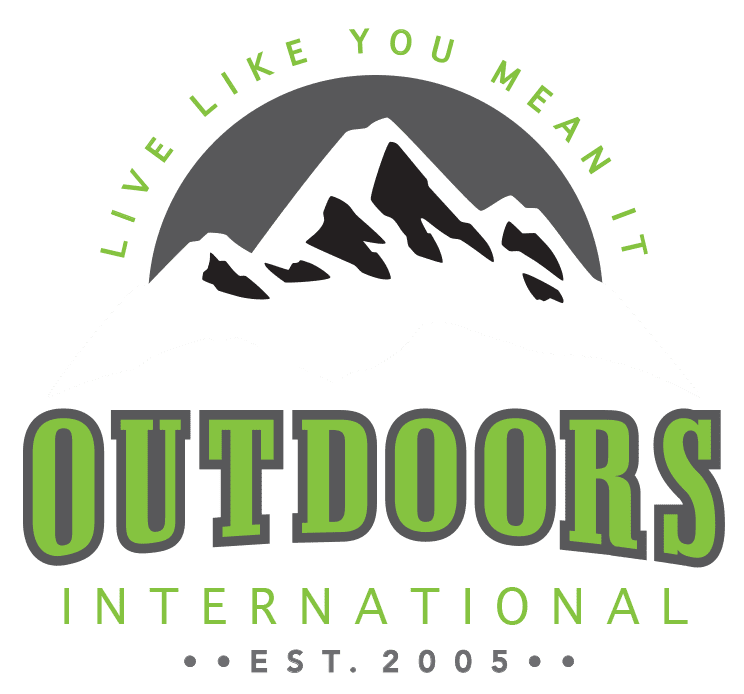
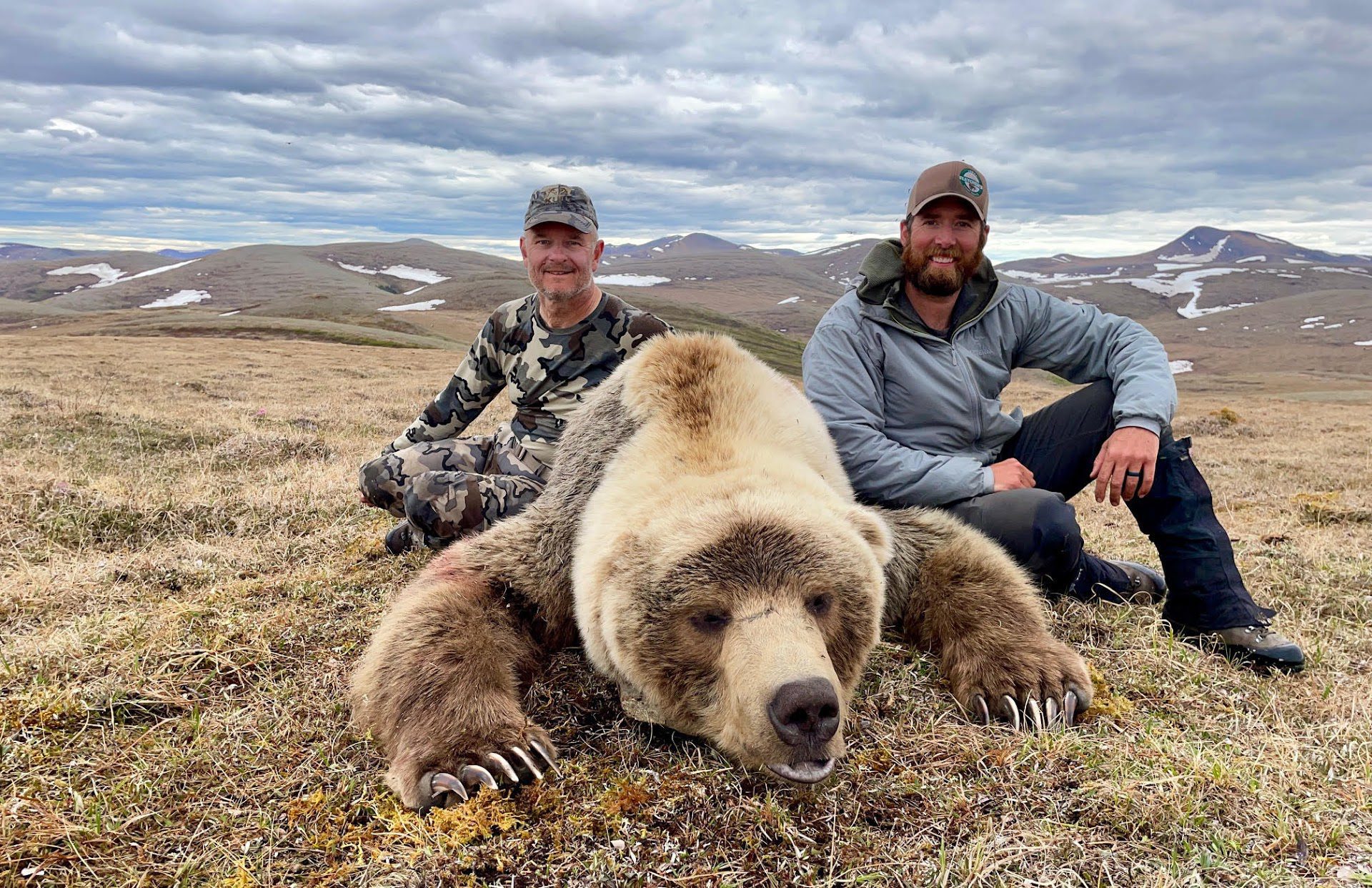
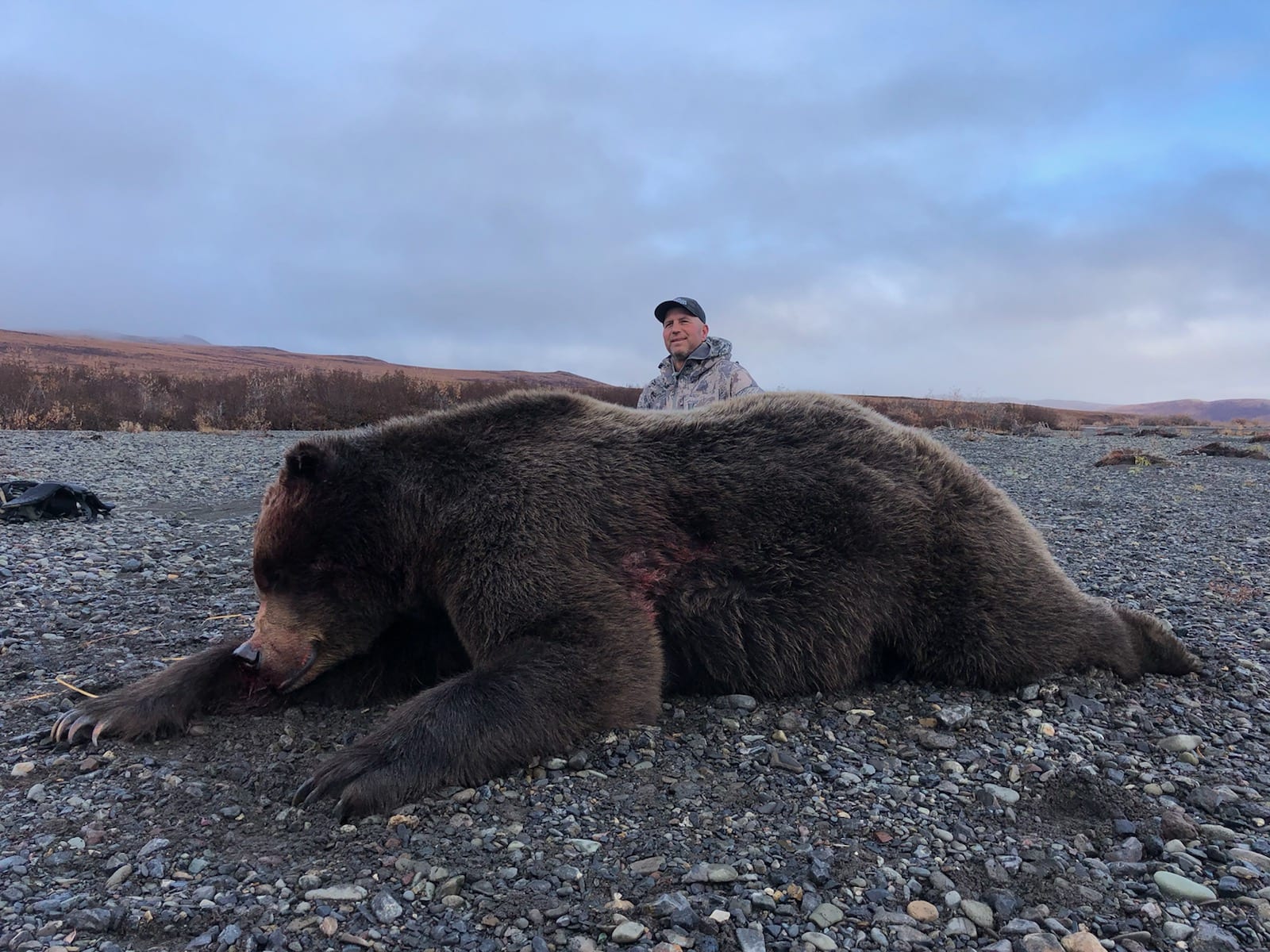
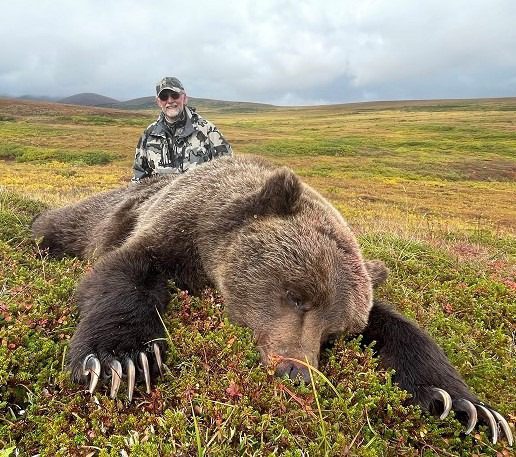

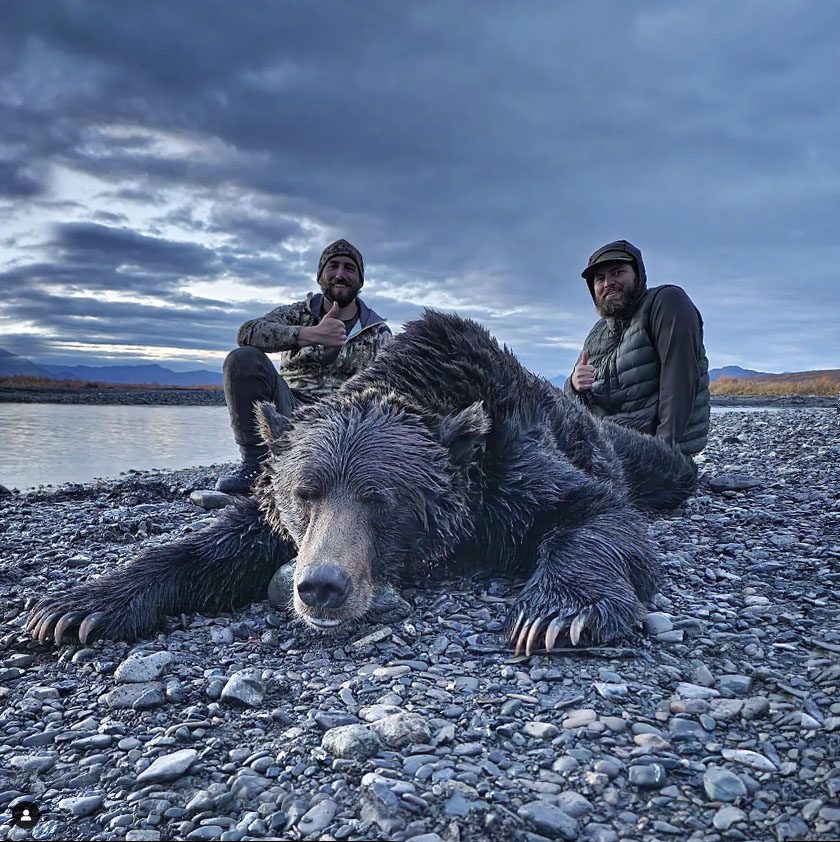

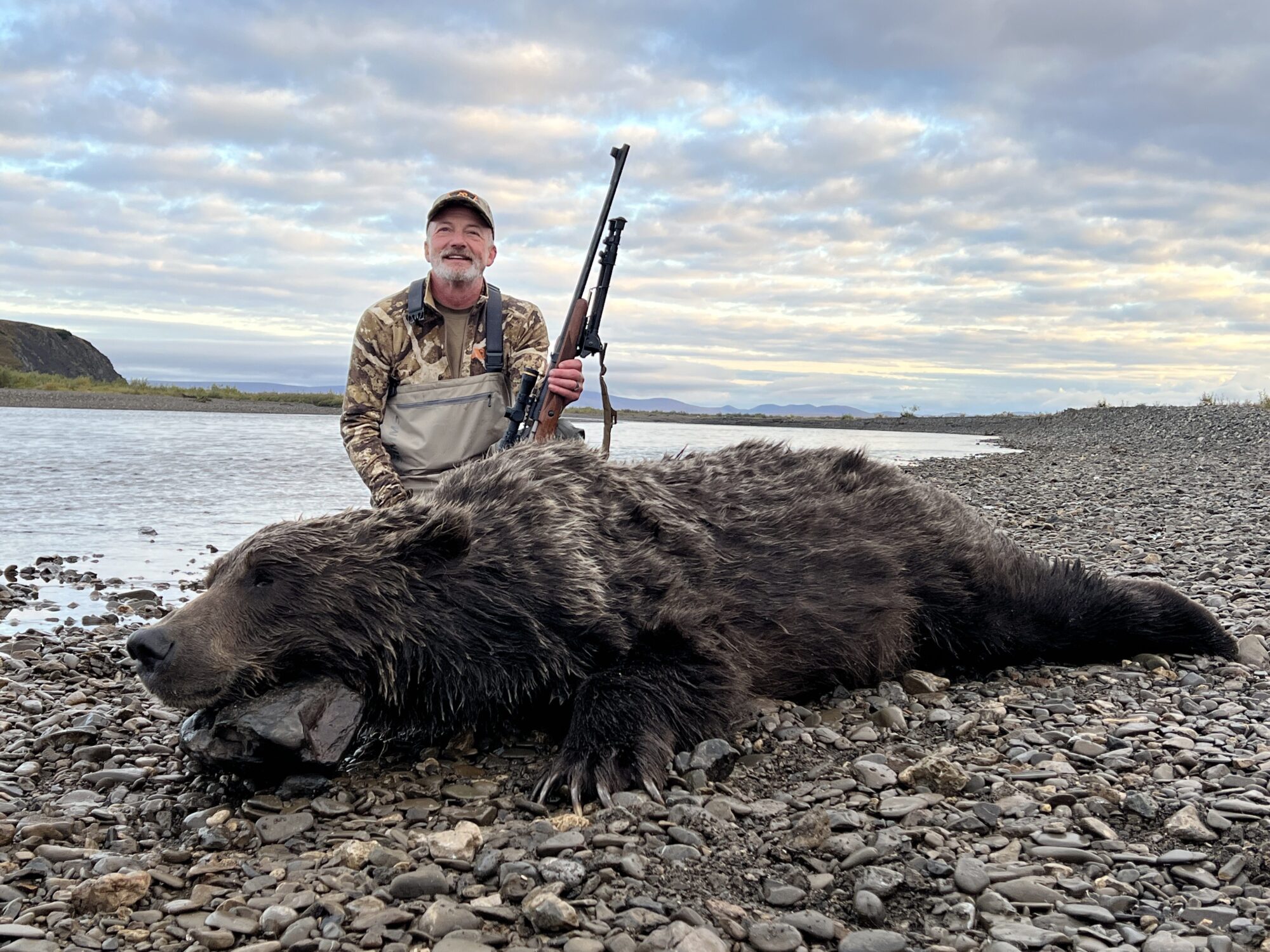

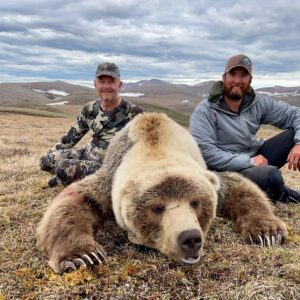
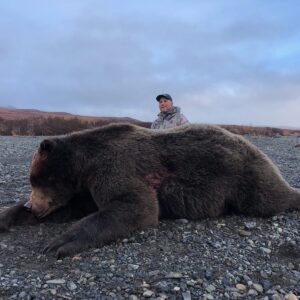
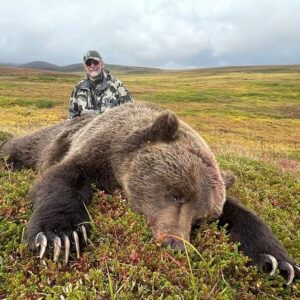



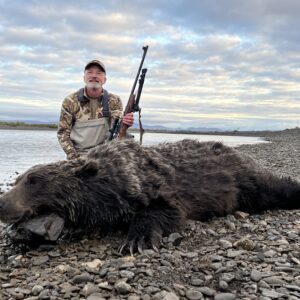
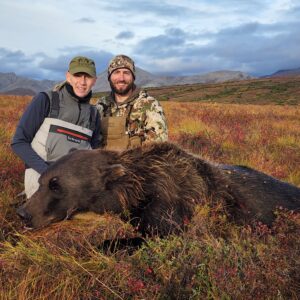
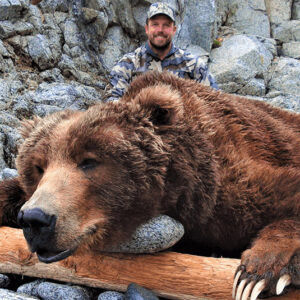
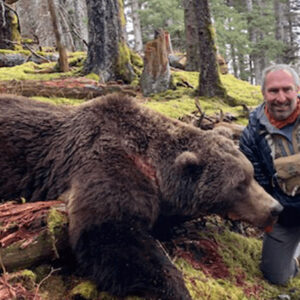
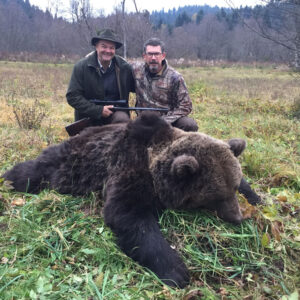
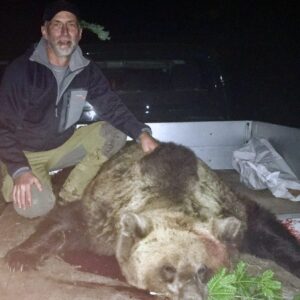
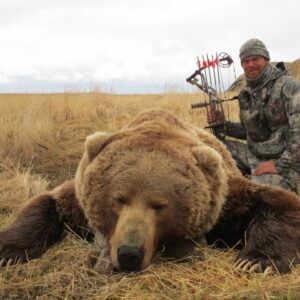

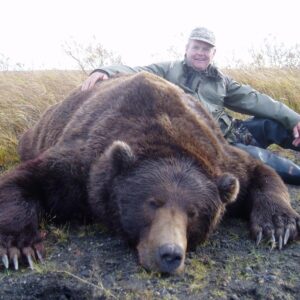
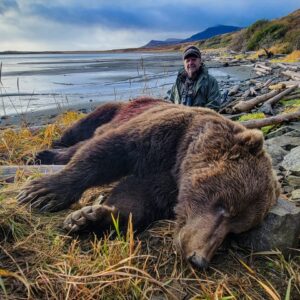
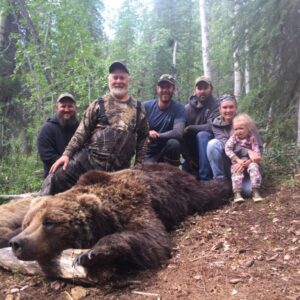
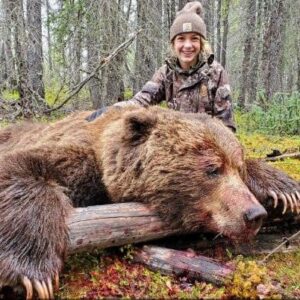
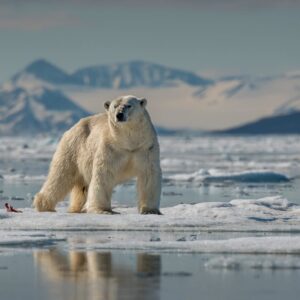
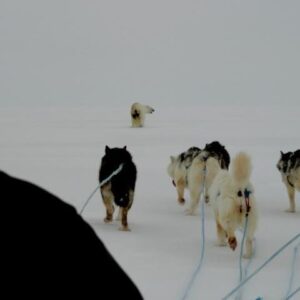
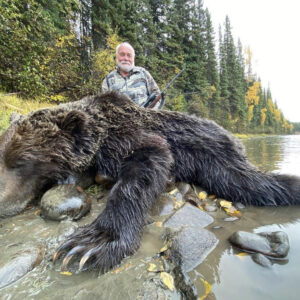

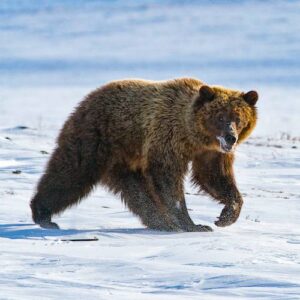

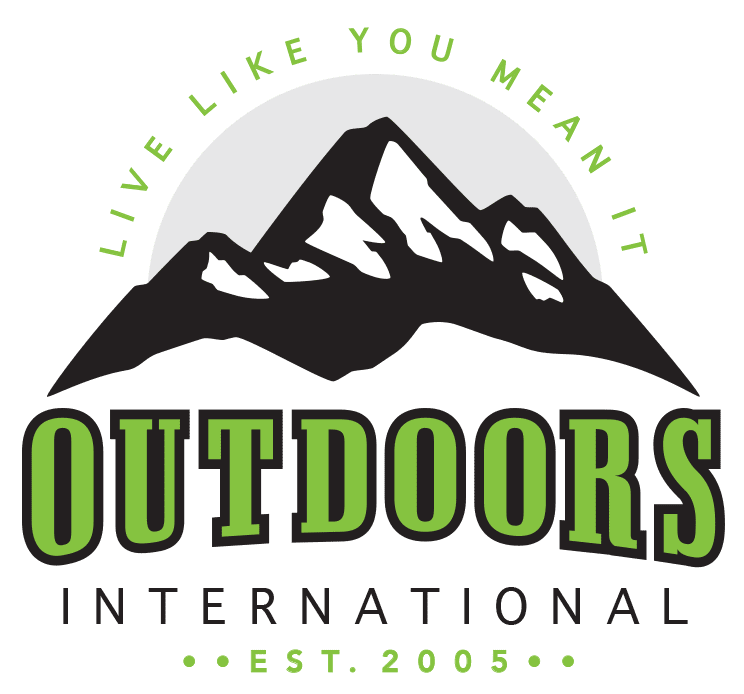

Jared Griffith –
Russ Meyer, my miracle worker over at Outdoors International put together the ultimate grizzly hunt for me. The guide I had, Rick took it from there, and helped me fulfill a lifelong dream. Russ and Rick tag teamed this so perfect, I couldn’t think of a better hunt ever!
Kyle Hawkins –
I shot a great caribou as well as a nice Arctic grizzly! Amazing hunt. Thank you to Russ Meyer at Outdoors International for helping me make this happen.
Manny Reichek –
This is the second hunt I have booked through Outdoors International and have nothing but great things to say. They have taken great care of me and my hunts!
Todd Mulholland –
We spent a good amount of time socked in due to weather. The caribou was a bit of a bummer but so excited about my grizzly bear! It was a great experience.
Eric Reffett –
We were both were successful on the bear hunts which was an awesome experience. Separate from the “hunt” itself, the Alaska hunting experience is amazing.
Brian Wagner –
Hunt was a success, caribou were pretty far North so our guide offered us a grizzly hunt at a great price to get us out and hunting. Guide was very knowledgeable about the area and the game.
Andrew Rockwell –
We got our first bear on the evening of the first day. Got the second grizzly bear on the morning of 5th day. The outfitter was very helpful and patient. Very accommodating and great communication.
John LeBanc –
This was my second hunting trip with this outfitter and I am scheduled for a spring brown bear hunt with this same outfitter. I was fortunate to share this adventure with Kyle Hanson, my hunting consultant with Outdoors International. He is an accomplished and experienced hunter, and spends a lot of time in the field evaluating the outfitters before recommending them to hunter-clients. All my future hunts will be scheduled through Kyle and Outdoors International.
Jace Poole –
My grizzly bear hunt went very well. The weather will always cause a few issues when hunting in Alaska but the outfitter performed well by all accounts. The bears were plentiful and the guide was experienced and did his job well. The camp had everything necessary and the whole experience was great. I took a good bear and would not hesitate to use Outdoors International to book another hunt with this same outfitter.